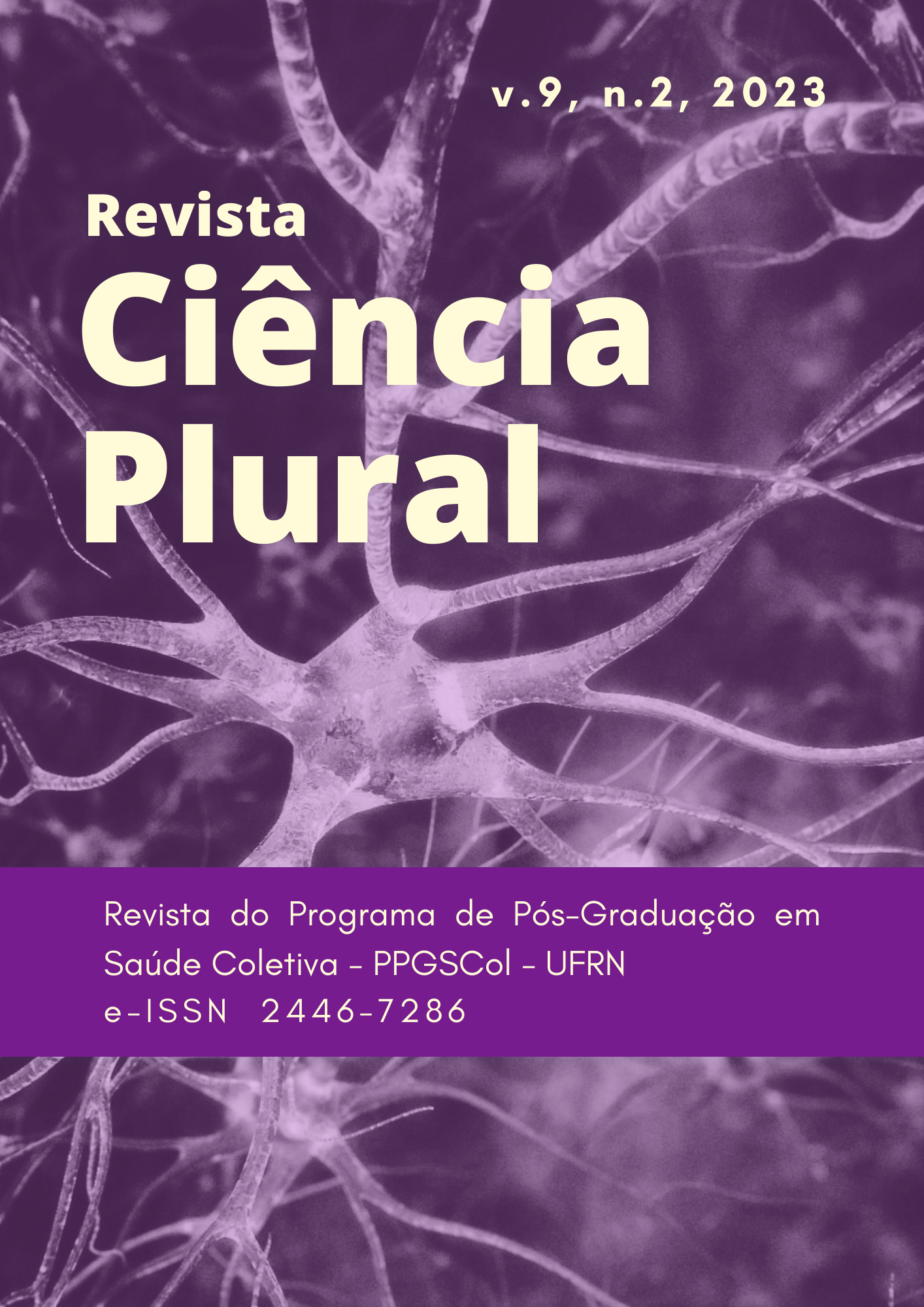TRENDS IN OCCURRENCES OF ACCIDENTS BY VENOMOUS ANIMALS IN BRAZIL: ANALYSIS OF NOTIFICATIONS FROM 2007 TO 2021.
DOI:
https://doi.org/10.21680/2446-7286.2023v9n2ID32205Abstract
Accidents by venomous animals (AVAs) is a public health problem that presents a high number of annual cases in Brazil. The objective of this study was to describe and analyze the occurrences of AVA in Brazil and their trends between 2007 and 2021. The study used SINAN and SIM data. The study population was analyzed according to sex, age group, and region of residence. Trend analysis of the historical series was performed by generalized linear regression using Prais-Winsten estimation. The standardized occurrence rates doubled during the studied period (53.8/100,000 inhab. in 2007 to 111.2//100,000 inhab. in 2021). The Northeast region had the highest standardized occurrence rate (105.5/100,000 inhab.). The Northeast, Southeast, and Midwest regions had a higher crude rate of accidents caused by scorpions (75.8, 48.7 and 32.8 accidents/100,000 inhab., respectively), while the North region by snakes (54.2 accidents/100,000 inhab.), and the South region by spiders (60.3 accidents/100,000 inhab.). Death rate observed in the period from 2007 to 2020 was 1.3 deaths/1 million inhab. Among the deaths registered, 39.6% were from snakebite. Trends in Brazil were ascendant for both sexes and for all age groups. Only the North and South regions showed some categories with stationary trends. The analysis of epidemiological data makes it possible the identification of target populations and elaborations of public policies in order to prevent new accidents, as well as the improvement of care for affected people by planning the distribution of antivenom serums.
Downloads
Downloads
Published
How to Cite
Issue
Section
License
Copyright (c) 2023 Revista Ciência Plural

This work is licensed under a Creative Commons Attribution-NonCommercial-ShareAlike 4.0 International License.
À Revista Ciência Plural ficam reservados os direitos autorais referente a todos os artigos publicados.

 Português (Brasil)
Português (Brasil) English
English Español (España)
Español (España)













